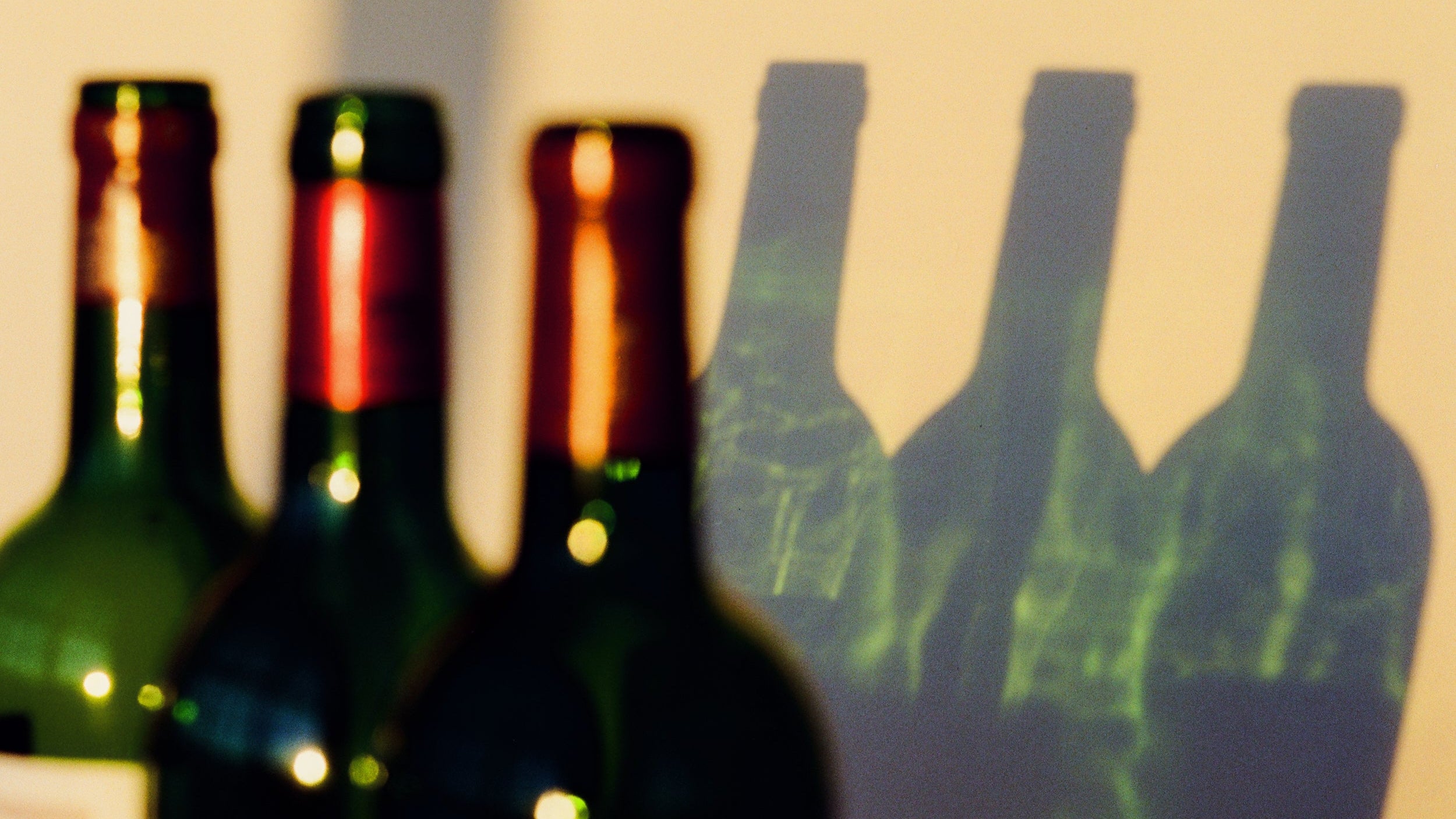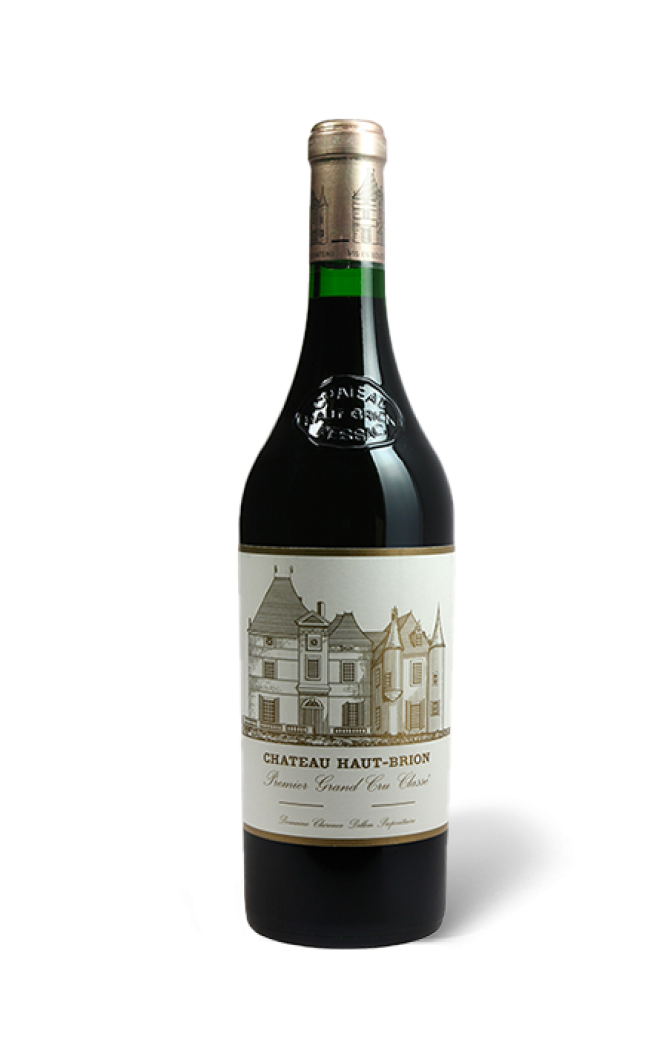
Understanding First Growth Bordeaux
To truly appreciate the world’s most celebrated wines is to immerse oneself in the spellbinding legacy of First Growth Bordeaux. These iconic estates are more than storied vineyards; they are timeless expressions of craftsmanship, heritage, and terroir that have captivated collectors and connoisseurs for generations.
This guide invites you to explore the allure of First Growth Bordeaux wines—from their origins and historic classifications to the singular stories told by each château. Whether you are building your collection or planning the ultimate pairing, this insider’s look provides both context and inspiration to savor these legendary Premier Cru wines at their finest.
What are First Growth Bordeaux?
First Growth Bordeaux are not just any Bordeaux wines; they are the standard-bearers by which all others are judged. Recognized for their exceptional quality, scarcity, and enduring value, the five First Growth châteaux define the very summit of vinous luxury.
James Suckling encapsulates it perfectly:
"First Growth Bordeaux represents the pinnacle of winemaking, reflecting centuries of tradition and terroir."
The History of the 1855 Bordeaux Classification
The mystique of First Growth Bordeaux is rooted in a moment that forever changed the world of wine. During the 1855 Paris Exposition, Napoleon III asked for a formal ranking of the greatest Bordeaux wines. Powered by centuries-old market prices and reputation, merchants and brokers devised a classification that would set the benchmark for excellence in French wine.
Robert Parker reflects on its importance:
"The 1855 classification was a defining moment in wine history, establishing a benchmark for excellence."
Only four châteaux were originally awarded First Growth (Premier Cru) status:
-
Château Lafite Rothschild
-
Château Margaux
-
Château Latour
-
Château Haut-Brion
A fifth, Château Mouton Rothschild, was elevated to this elite tier in 1973 after decades of remarkable commitment to quality, famously fulfilling the motto, “First, I cannot be. Second, I do not deign to be. Mouton I am.”
This historic classification, virtually unchanged since its inception, remains a testament to the enduring brilliance of these châteaux and their inimitable wines.
The Five First Growths of Bordeaux:
Each First Growth tells a distinct story, shaped by the interplay of centuries-old terroir, visionary stewardship, and precise winemaking. Collectively, they represent a tapestry of taste and tradition.
Château Lafite Rothschild
Located in Pauillac, Lafite Rothschild is synonymous with elegance and finesse. Its wines express haunting aromas of violets, cedar, currant, and graphite. The silky tannins and astonishing length have rendered vintages such as 1982, 1996, and 2000 as benchmarks of collectible luxury.
Notable vintages:
-
1982 (legendary structure, balance, and longevity)
-
1996 (classic Pauillac)
-
2000 (vivid fruit and poise)
Château Margaux
Château Margaux, nestled in the heart of Margaux, epitomizes sensuality and aromatic grace. The estate is famed for perfumed bouquets and ethereal textures. The palate unfurls with layers of black fruit, rose, and subtle earth, culminating in a wine of almost Burgundian delicacy.
Notable vintages:
-
1988 (refined, age-worthy, pure)
-
2000 (extraordinary depth and perfume)
-
2005 (youthful vibrancy, immense potential)
Château Haut-Brion
Unmistakably distinct from its Left Bank peers, Haut-Brion reigns from the famed gravel soils of Pessac-Léognan. Here, warmth and elegance interplay, yielding a complex blend of red fruit, earth, tobacco, smoke, and spice. Haut-Brion’s texture and aromatic profile are unparalleled.
Key vintages:
-
1989 (legendary, profoundly complex)
-
2005 (harmonious, full-bodied)
Château Latour
Château Latour’s reputation is built on formidable power and longevity. Its vineyards, set on the gravelly heights of Pauillac, bestow wines of immense concentration and muscular structure, with notes of blackcurrant, cigar box, and graphite. Latour is made for the ages.
Key vintages:
-
1996 (impeccable balance and depth)
-
2000 (monumental, structured)
-
2004 & 2005 (classic, highly collectible)
Château Mouton Rothschild
Once "only" a Second Growth, Mouton Rothschild’s ascension to Premier Cru status is a testament to relentless innovation and artistry. Each bottle marries opulence with artistry, often featuring bespoke labels created by world-renowned artists. The wine is powerful, plush, and unmistakably flamboyant.
Key vintages:
-
1982 (iconic, celebrated for richness)
-
2000 (outstanding intensity)
-
2005 (extraordinary complexity)
-
2006, 2007 (vivid freshness and aromatic purity)
Jancis Robinson celebrates this diversity:
"Each First Growth offers a unique expression of its terroir, vintage after vintage."
Terroir and Winemaking Techniques:
What renders these Bordeaux wines so transcendent? The answer lies in a rare confluence of geography, geology, microclimate, and man.
The Essence of Terroir
The five Premier Cru châteaux are each blessed by nature. Their gravel soils provide unparalleled drainage, forcing roots to plunge deep in search of nutrients, which ultimately imparts complexity and character. The temperate climate and proximity to the Gironde estuary further guard against frost and disease, ensuring optimal ripening.
Winemaking Traditions & Innovations
First Growth Bordeaux winemaking is a delicate balance of time-honored practices and calculated innovation. Vineyards are meticulously maintained, harvests executed with precision, and only the best fruit makes the cut. State-of-the-art facilities meet centuries-old cellars, and fermentation often takes place in a blend of oak vats and modern stainless steel.
Barrel aging is paramount. New French oak confers creamy texture and subtle spice, all while allowing the purity of the fruit to shine. Blending, the hallmark of Bordeaux, sees Cabernet Sauvignon, Merlot, and Cabernet Franc combined in varying proportions to each château’s signature.
Investing in First Growth Bordeaux:
The allure of Premier Cru extends beyond the glass. These wines are also among the world’s most coveted collectibles. Their ability to age gracefully for decades and grow in value makes them cornerstones of many fine wine portfolios.
Tips for the Aspiring Collector
-
Provenance is everything. Purchase only from trusted sources who can guarantee storage conditions and authenticity.
-
Vintage matters. Exceptional years such as 1982, 2000, and 2005 consistently reward both in the glass and at auction.
-
Cellaring. Store wines lying down, at a consistent 55°F (13°C), 70% humidity, away from light and vibration.
-
Diversify. Each chateau and vintage presents a unique opportunity; building a collection across several Frist Growths offers both pleasure and prudent investment strategy.
Vintages Worth Chasing
Highlighted years for their outstanding character and market performance include:
-
1982 (Lafite Rothschild, Mouton Rothschild)
-
1988 (Margaux)
-
1996 (Lafite Rothschild, Latour)
-
2000 (All châteaux, a legendary vintage)
-
2001, 2003, 2004, 2005, 2006, 2007 (Multiple top performances across the board)
Food Pairing Suggestions
Such extraordinary wines deserve culinary companions that reflect their depth and elegance, while allowing the nuanced profiles to flourish.
-
Lamb and Game: The classic match for Bordeaux, especially, Latour or Haut-Brion; the savory rischness of grilled lamb or venison enhances the wines' earthy structure.
-
Beef or Duck: Roasted or seared, paired with Lafite Rothschild or Margaux, these dishes accentuate the wines' aromatic layers.
-
Aged Cheese: Hard cheeses, especially Comté or aged Gouda, provide a delightful textural and flavor balance.
-
Gastronomic Delicacies: For Mouton Rothschild, consider duck breast with cherry reduction, or for Haut-Brion, black truffle risotto.
A word to the wise: simplicity can be sublime. Lightly salt, grill, and savor.
The Enduring Legacy
To experience a First Growth Bordeaux is to touch the pinnacle of winemaking tradition. These are bottles not just for drinking, but for sharing at momentous occasions, marking legacies, and deepening appreciation of the artistry in every glass.
Whether you are seeking a transcendent bottle of 1982 Mouton Rothschild, the cerebral luxury of 2000 Château Margaux, or the profound depth of 1996 Latour, these wines are investments in both heritage and pleasure.
The world’s greatest wine estates invite you to explore this rarefied realm. Indulge in the privilege of tasting history and join those who truly understand the meaning of Premier Cru.


